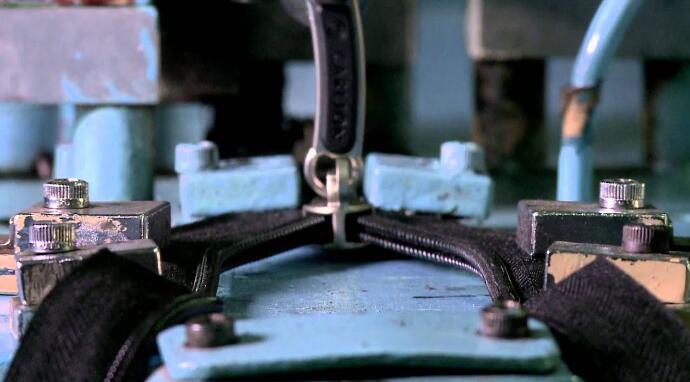-
What are the benefits of zipper test?
Edited by:Read:Zipper testing refers to the process of assessing the strength, durability, flexibility, and functionality of specialized fasteners used in garments, bags, tents, shoes, and other products. Zipper testing plays a vital role in ensuring the quality, safety, and performance of consumer goods. This essay outlines the benefits of zipper testing in detail, highlighting its impact on product development, manufacturing, and customer satisfaction.
Firstly, zipper testing helps to ensure product quality, which is critical for customer satisfaction and loyalty. When consumers purchase products, they expect them to perform as advertised. For instance, if a jacket is marketed as waterproof, customers expect the zippers to be watertight. However, if the zipper fails during use, the product may not meet the customers' expectations, leading to frustration, dissatisfaction, and loss of trust. Zipper tests, such as strength tests, endurance tests, and water resistance tests, help manufacturers to ensure that their products meet the necessary standards and performance requirements. After all, customers may base their purchasing decisions on product reviews, recommendations, and brand reputation, so delivering high-quality products is essential.

Secondly, zipper test helps to identify defects and faults early in the manufacturing process, enabling timely and cost-effective corrective actions. Manufacturing defects can range from minor issues, such as misaligned teeth or loose sliders, to severe problems like broken zippers or weak seams. If left unchecked, such defects can compromise the safety, functionality, and durability of the product, leading to costly recalls, returns, or even lawsuits. By conducting zipper tests such as pull tests and flex tests, manufacturers can detect defects before the final product is released to the market, allowing them to fix the problems and prevent potential liabilities.
Thirdly, zipper testing helps to optimize product design and materials, reducing costs and improving efficiency. Developing a new product requires significant investment in research and development, prototyping, and testing. By using zipper testing to assess various materials, designs, and configurations, manufacturers can choose the best options that meet the required criteria. For instance, they can test different types of zippers, such as metal, plastic, or coil zippers, in terms of strength, flexibility, and durability. Similarly, they can use zipper tests to determine the ideal length, width, or shape of the zipper for a particular product. Such optimization can lower production costs, minimize waste, improve quality, and shorten the time-to-market.
Fourthly, zipper testing helps to promote safety and compliance with industry standards and regulations. Various industries, such as the textile, automotive, and aviation sectors, have specific safety requirements that products must meet before they are released to the market. For example, zippers installed in firefighting gear or airline seats must withstand high temperatures, chemicals, and mechanical stresses. Similarly, zippers used in children's clothing or bags must not pose choking or strangulation hazards. By subjecting zippers to rigorous and standardized testing procedures, manufacturers can ensure that their products adhere to the relevant safety and regulatory guidelines. This, in turn, reduces the risk of accidents, injuries, and legal penalties.

Fifthly, zipper testing helps to enhance customer experience and satisfaction. Customers expect products that are easy to use, comfortable, and durable. However, if the zippers are difficult to open or close, prone to snagging, or break easily, customers may become frustrated and dissatisfied. Zipper testing allows manufacturers to identify and address such issues, ensuring that the zippers function smoothly, quickly, and reliably. By ensuring that the zippers meet the customers' needs, manufacturers can improve their reputation, increase customer loyalty, and boost sales.
In conclusion, zipper testing has numerous benefits for manufacturers and consumers, including ensuring product quality, identifying defects, optimizing design, promoting safety and compliance, and enhancing customer satisfaction. By investing in zipper testing, manufacturers can deliver superior products that meet the customers' expectations while reducing costs, minimizing waste, and improving efficiency. Moreover, zipper testing fosters innovation, competitiveness, and sustainability in the industry, driving growth and progress. Therefore, manufacturers should prioritize zipper testing as part of their product development and quality assurance strategies.
- 2024-04-19Paper ring compression strength tester standards
- 2024-04-19Cupping tester standards
- 2024-04-19Rubber and plastic tensile tester standards
- 2024-04-19Taber 1750 wear-resistant tester standards
- 2024-04-19Stone Chip Resistance Gravelometer standards
- 2024-04-18Diaper absorption speed tester standards
- 2024-04-18Diaper leakage tester technical indicators
- 2024-04-18Paint film impact resistance tester standards
- 2024-04-18Low temperature brittleness tester principle
- 2024-04-18Battery separator permeability tester technical indicators



